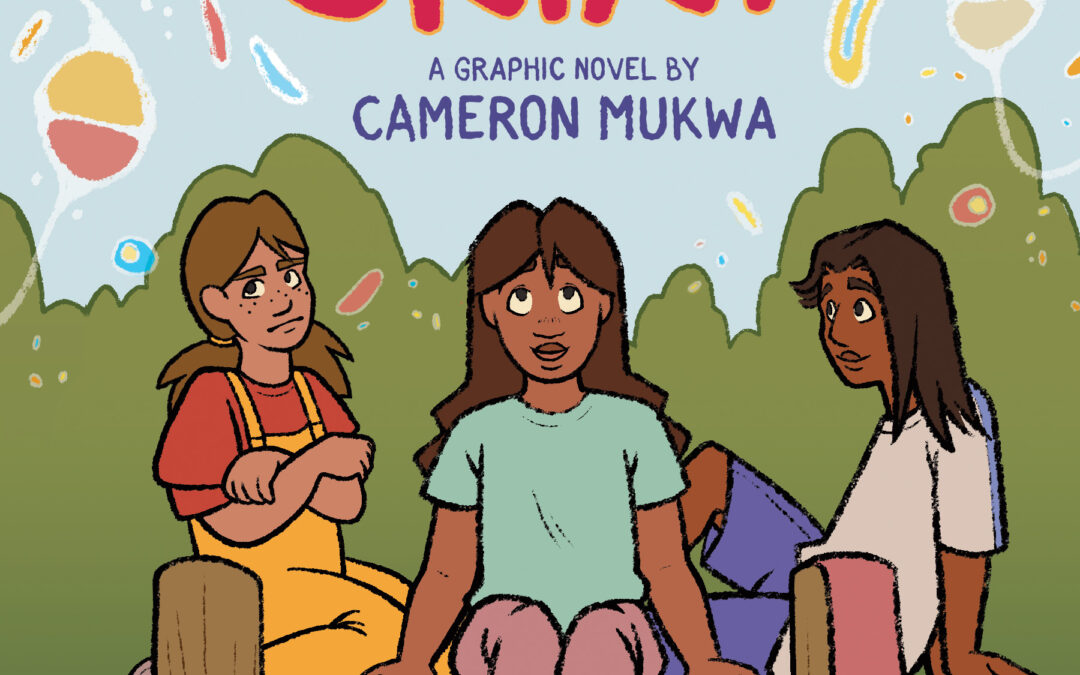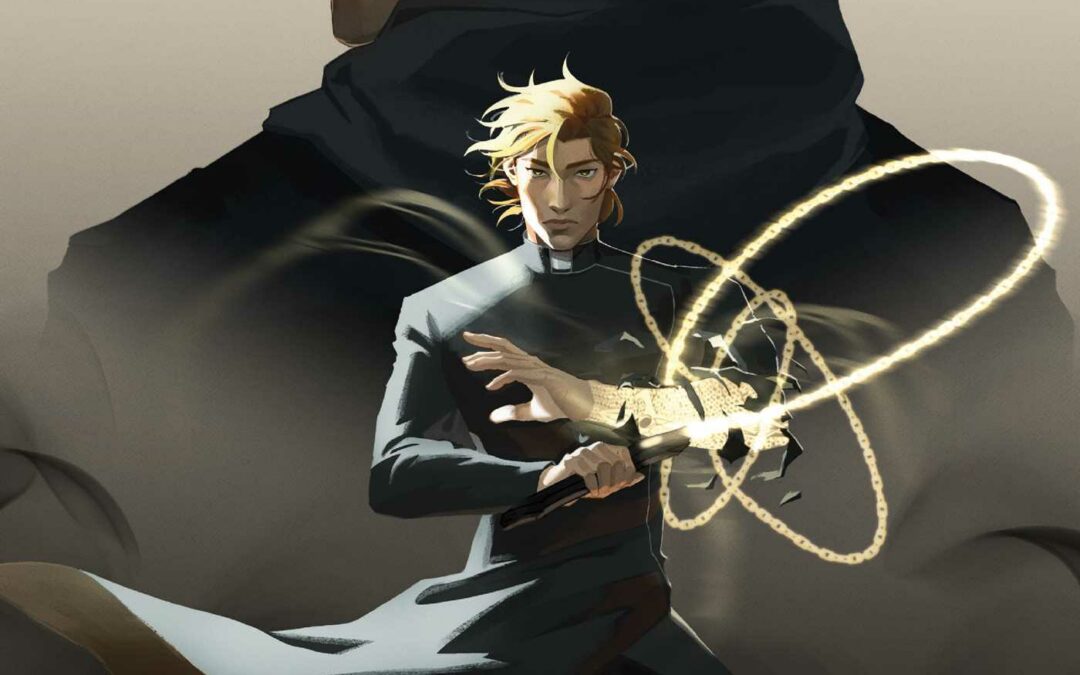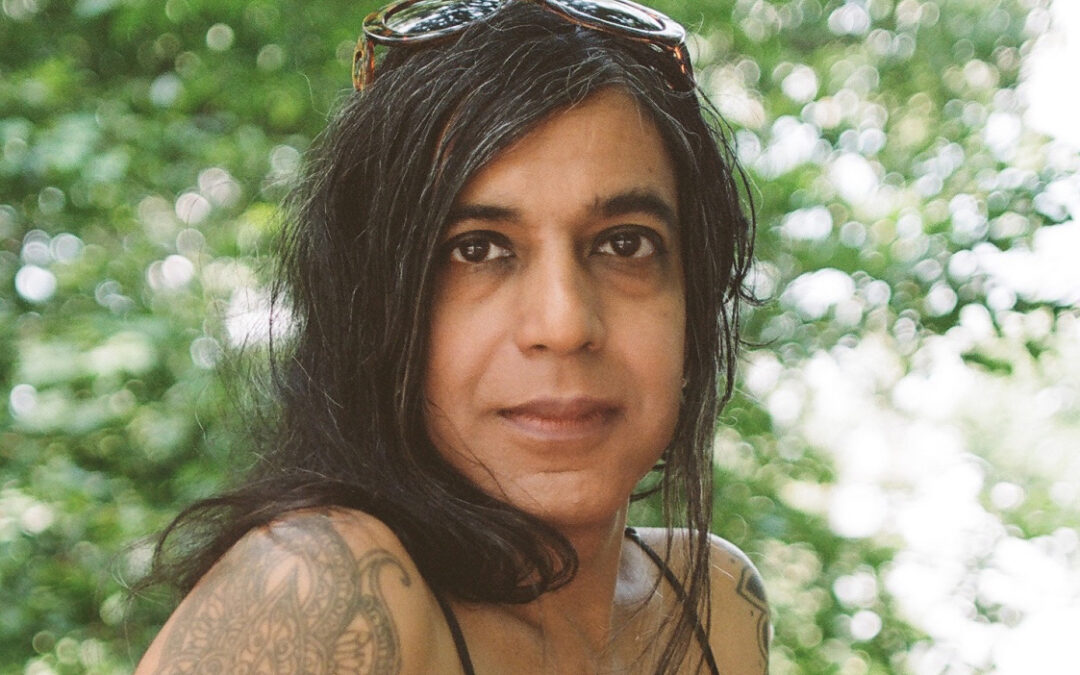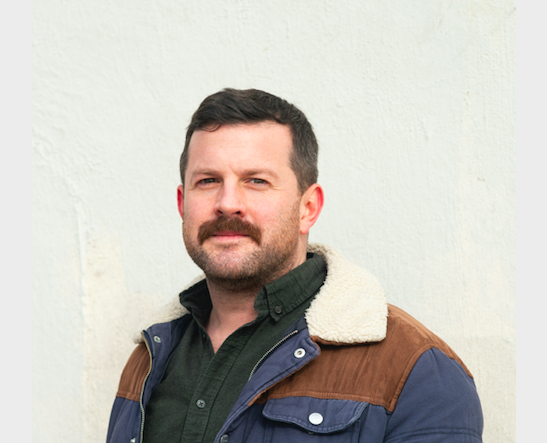
by Michele Kirichanskaya | Oct 12, 2024 | Blog
Cameron Mukwa is a two-spirit Anishinaabe cartoonist, illustrator, and children’s educator whose portfolio of work is dedicated to showcasing Indigenous and transgender joy. The Ribbon Skirt is his first graphic novel. I had the opportunity to interview Cameron,...

by Michele Kirichanskaya | Jul 31, 2024 | Blog
LySandra Vuong is a comic artist and the creator of COVENANT, a WEBTOON Originals series. Formerly a mechanical engineer, she now draws hot priests for a living. I had the opportunity to interview LySandra, which you can read below. First of all, welcome to Geeks OUT!...

by Michele Kirichanskaya | Jul 26, 2024 | Blog
Bishakh Som is an Indian-American trans femme visual artist and author. Her work has appeared in The New Yorker, MoMA.org, Autostraddle, The Strumpet, The Boston Review, The Georgia Review, Black Warrior Review and The Brooklyn Rail, amongst other publications. Her...

by Rebelle Summers | Jul 3, 2024 | Blog
Writer and editor Greg Lockard is bringing the heat this Pride with a new graphic novel, Trick Pony. A universe away from his GLAAD Media Awards nominated and New York Times celebrated Liebestrasse set in Nazi-era Germany, this time Lockard, with artist Anna David and...

by Chris Allo | Jun 29, 2024 | Blog
Happy Pride all of you amazing and beautiful people! For this edition of the Queer Creator Spotlight I had the privilege of interviewing graphic novelist and “French Auter,” Gaelle Avril Geniller. Genillers debut graphic album “A Boy Named...






